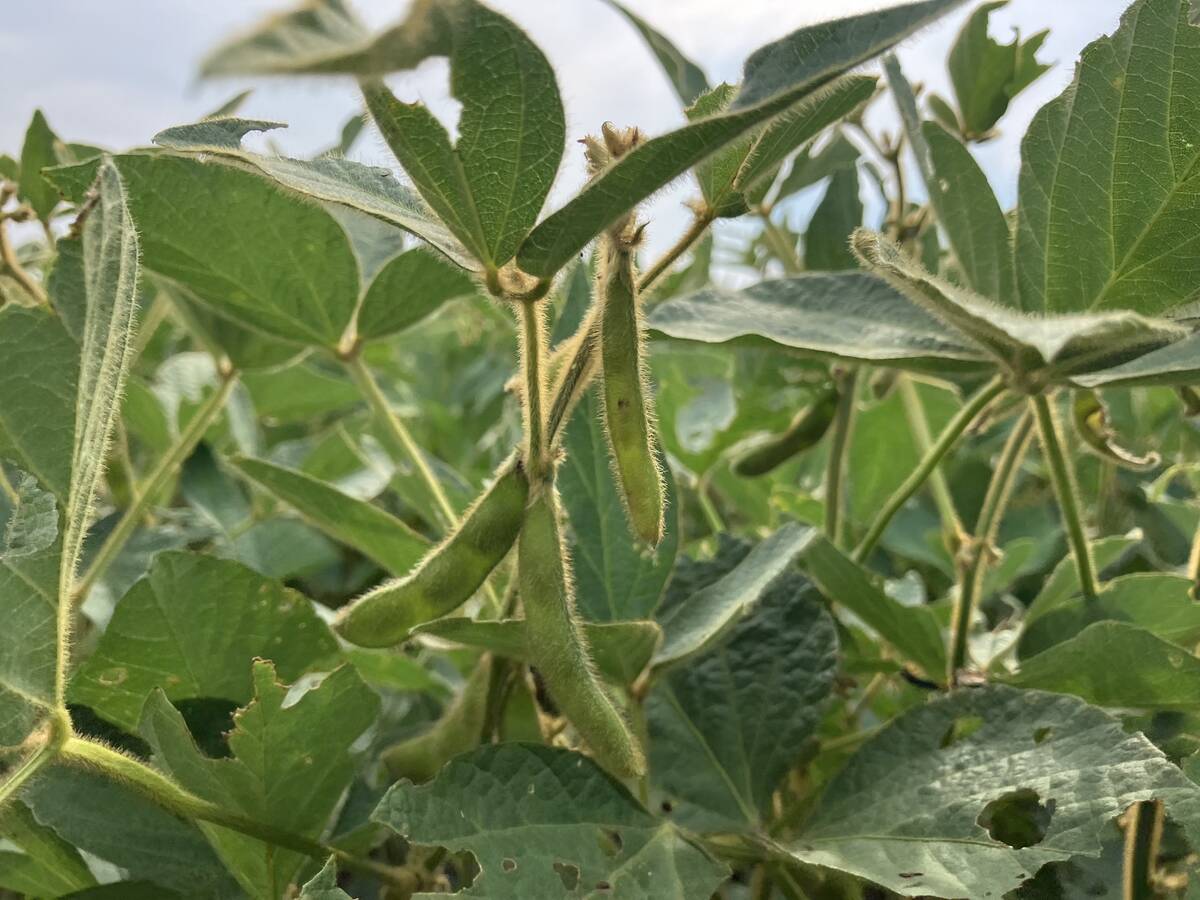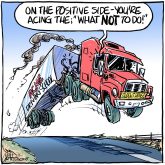Could a recent rail transportation study, which shows farmers pay more to ship grain today than they would have under previous regulations, accomplish what droughts, floods, low crop prices could not? Has it united farm groups behind a single cause?That appears to be happening.The Canadian Federation of Agriculture, Keystone Agricultural Producers, Canadian Wheat Board, Agricultural Producers Association of Saskatchewan, Wild Rose Agricultural Producers and the National Farmers Union came together for a news conference during the Western Canada Farm Progress Show to release the report and call on the federal government to begin a full costing review of railway operations.The study, done by Travacon Research Limited for the CWB, stated that Canadian National and Canadian Pacific railways charged farmers $287 million more to ship grain than what would have been allowed under previous legislation. For 2007-08, the railways charged $123 million more.Figures are based on contributions from statutory grains that railways collect in excess of 20 percent of their volume-related variable costs. These are expenses that vary with traffic volume.In the previous Western Grain Transportation Act, those calculations were used by regulators to determine what would be a fair profit for the railways.Today, a revenue cap formula puts a limit on how much the railways can earn each year from moving grain. That formula has farmers overpaying, says the report.The reports shows what farmers have long suspected. It provides the strongest evidence yet of the need for a thorough review of railway costs.Federal agriculture minister Gerry Ritz has expressed reluctance to move on the issue, saying he would first like to see completion of a railway service review now underway.But waiting only further delays resolution of the issue. Farmers deserve better.The longer the costing review is put off, the longer the railways can claim grain hauling profits based on outdated information.In fact, even the railways should have no reason to reject a review. If they are charging fair rates, that would be a key finding of the costing review report and would vindicate their actions.Starting the costing review immediately, and having it and the service review run simultaneously in two streams, would likely bring the issue to an earlier resolution.The railways, meanwhile, argue that grain hauling is too highly regulated and it would be most effective to put grain hauling on the free market like everything else. If grain is their most regulated commodity, it is also the most effective at contributing to their bottom lines, at least in 2009.Last year, CN and CP both earned more from hauling grain than from any other single commodity, according to the companies’ annual reports.CN earned $1.34 billion from grain and fertilizer hauling last year, 20.2 percent of its total freight revenue. CPR revenue from grain was $1.13 billion, 27 percent of its total freight revenue.The companies credited the financial success to emphasis on efficiencies.However, it’s clear that few of those efficiencies, which include larger trains and fewer collection points, in addition to internal productivity improvements, are being passed on to farmers via lower freight rates.The last thorough review of railway operational costs was carried out in 1992 and updated, but without a full review, in 2000.That is long enough. A review started now might be completed in time for the 20th anniversary of the last one. Farmers shouldn’t have to wait until the last report is old enough to drink.
Read Also

U.S. soy farmers hold bad hand in rigged game
More tariffs, an unlimited peso bailout, a government shutdown, no plan for federal assistance — and farmers are holding a bad hand in a rigged game where the rules change every day.














